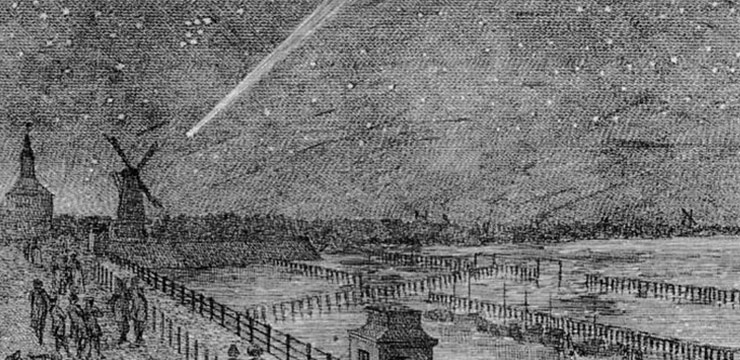
Messier's Comets
January 2019 :
Although it is early to think about, many amateur astronomers do try to do “Messier marathons,” where the entire catalog is observed in one night. This is not an easy thing to do, as the only times when this can actually be done is mid March. But, although the name Messier is known throughout astronomy, the actual person is possibly not very familiar to many.
Charles Messier was an observer who specialized in finding comets. It is said that he found a dozen within a 15-year period, and would have located a 13th, but the death of his wife caused it to be discovered by one of his rivals, Montagne de Limoges. Messier’s response was heartbreaking that he had lost out on this discovery, but then added, “Ah, the poor woman!”
Although Messier claimed to discover almost two dozen comets, later research states he might have only found about 15; however, today we associate his name not necessarily with the number of comets he professed to discover, but to the number of celestial objects he located in searching for them. His first, now called the Crab nebula, came as a result of a comet he had been following in Taurus in 1758, “. . .above the southern horn and a short distance from the star Zeta Tauri.” He saw it was too bright for the comet, but he placed it on his comet chart as a notation if a comet ever showed up near that spot again. However, Messier didn’t begin his actual catalog of noncometary objects until 1764, when he had over three dozen objects added to his list. His first published set of 45 objects came in 1771, in the Memoires de l’Academie; however, he continued to observe and record objects that could possibly be considered comets at first glance until his death in 1817. During that time, he had others trying to overtake Messier’s comet discoveries, but, by compiling his list, most people know Charles Messier, not by his actual comet prowess, but by the catalog he created for astronomers to use in finding many deep-sky objects.
The Great Comet of 1769 over Amsterdam



